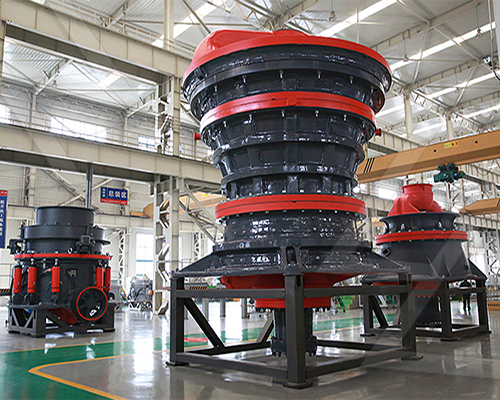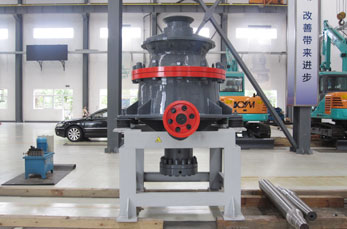Screening and classifying ultrafine powders (typically particles <10μm) is a challenging process due to their tendency to agglomerate, adhere to surfaces, and exhibit poor flowability. Here’s a detailed breakdown of methods and technologies used for ultrafine powder classification:
—
 1. Screening Methods for Ultrafine Powders
1. Screening Methods for Ultrafine Powders
Traditional sieving struggles with ultrafine powders due to mesh clogging and low efficiency. Advanced alternatives include:
– Ultrasonic Sieving:
– High-frequency vibrations prevent mesh blockage.
– Suitable for particles down to 5–20μm (e.g., Retsch Ultrasonic Sieve).
– Air Jet Sieving:
– Uses air flow to disperse particles through a sieve (e.g., Alpine Air Jet Sieve).
– Effective for 10–100μm but less efficient for sub-10μm particles.
– Micro-Mesh Sieves:
– Electrodeposited meshes with precise apertures (down to 5μm).
Limitations: Screening below 5μm is impractical due to physics constraints (particle adhesion, mesh strength).
—
 2. Classification Technologies (Sub-Sieving Range)
2. Classification Technologies (Sub-Sieving Range)
For finer classification (<10μm), rely on aerodynamic or centrifugal forces:
# a) Air Classifiers
– Principle: Separate particles by balancing drag force and centrifugal force.
– Types:
– Static (Gravity) Classifiers: Simple but low precision; cut sizes ~5–50μm.
– Dynamic (Centrifugal) Classifiers: High precision with adjustable cut size (e.g., 1–60μm).
– Examples: Alpine ATP Turboplex, Hosokawa Mikroplex.
– Use rotating blades/vanes to create sharp cuts (d50 accuracy ±0.5μm).
# b) Cyclonic Separation
– Hydrocyclones (liquid systems): Cut sizes down to 2–10μm.
– Gas Cyclones: Less precise (~5–30μm), used for pre-classification.
# c) Electrostatic & Magnetic Classification
– For conductive or magnetic powders (e.g., carbon black, metal oxides).
# d) Sedimentation Techniques
– Centrifugal Sedimentation: Disc centrifuges (e.g., CPS Instruments) measure particle size distribution down to 0.01μm.
—





Leave a Reply